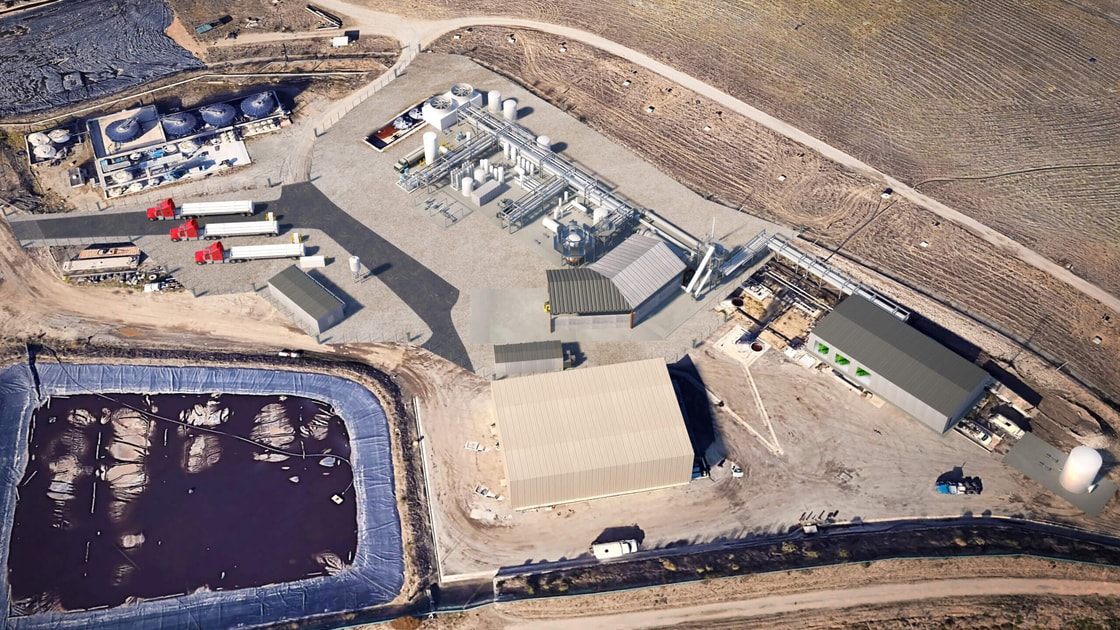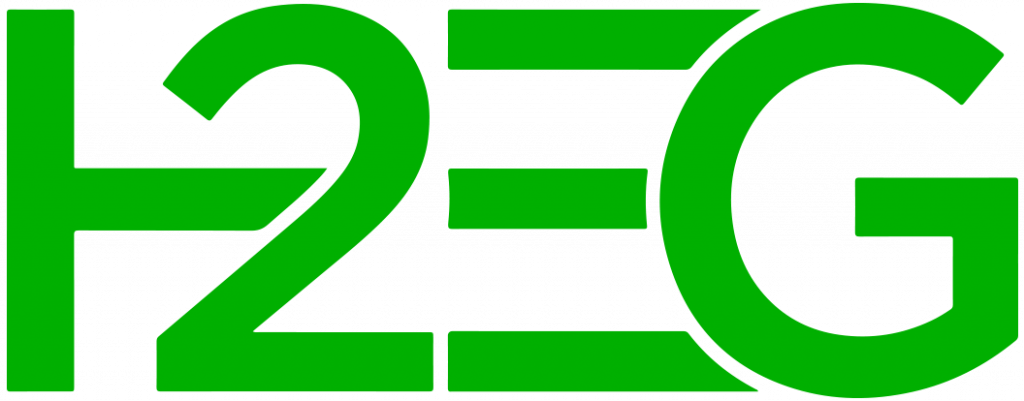
Located at West Contra Costa Sanitary Landfill in Richmond, Raven will process up to 99 tonnes of waste per day through its steam reforming technology, which would also help California avoid up to 7,200 tonnes per year of landfill CO2 emissions.
The US-based energy firm will now complete final engineering revisions required by the permit conditions and prepare building permit packages. Raven anticipates the start of construction in 2026.
The final Air Permit and Authority to Construct (ATC) from the Bay Area Air District (BAAD) comes over two years after Raven was approved for its California Environmental Quality Act (CEQA) permit by the Richmond City Council.
Overall, the permitting process has spanned more than five years, including three and a half years of BAAD review.
BAAD’s Executive Officer reportedly advanced the permit to completion after administrative delays.
Extended timelines and inflation meant project costs have risen to approximately $75m, which have been financed primarily through private and equity partnerships.
While it has used no federal grant funding, the company plans to leverage the 45V credit under the Inflation Reduction Act.
However, President Donald Trump’s tax and spending bill, signed into law in July, shortened the start-of-construction deadline for the 45V clean hydrogen production tax credit from 2033 to 2027.
Construction on the Richmond plant is expected to be completed once the project financing is finalised
Raven CEO Matt Murdock said, “At a time when many hydrogen projects have stalled or been cancelled, Raven SR’s Richmond facility will stand as proof that innovation and persistence still win.
“We believe it will set a new benchmark for waste-to-hydrogen projects globally, and position Raven years ahead of other developers in bringing clean hydrogen from waste to market.”
While the firm’s statement doesn’t confirm whether offtake partners have been secured, the green hydrogen is expected to be collected daily and supplied to regional fuelling stations.
Raven said its non-combustion thermal, chemical reductive process converts organic waste and landfill gas into hydrogen and other Fischer-Tropsch fuels while using no fresh water and less than half the energy of electrolysis.
Join the conversations shaping hydrogen
H2 View webinars bring together industry leaders to discuss the hottest topics and biggest trends.
With H2 View webinars, you’ll get:
• Insightful talks from global hydrogen experts
• Live debates, discussion, and audience Q&A
• On-demand access to every past webinar
Register for upcoming webinars or watch on demand

